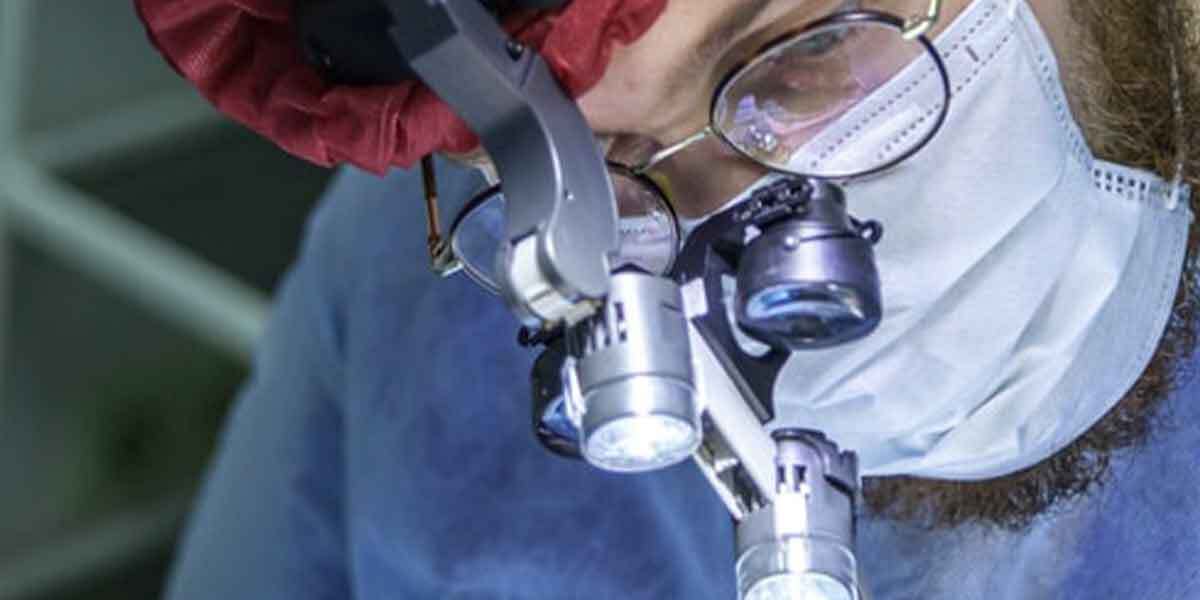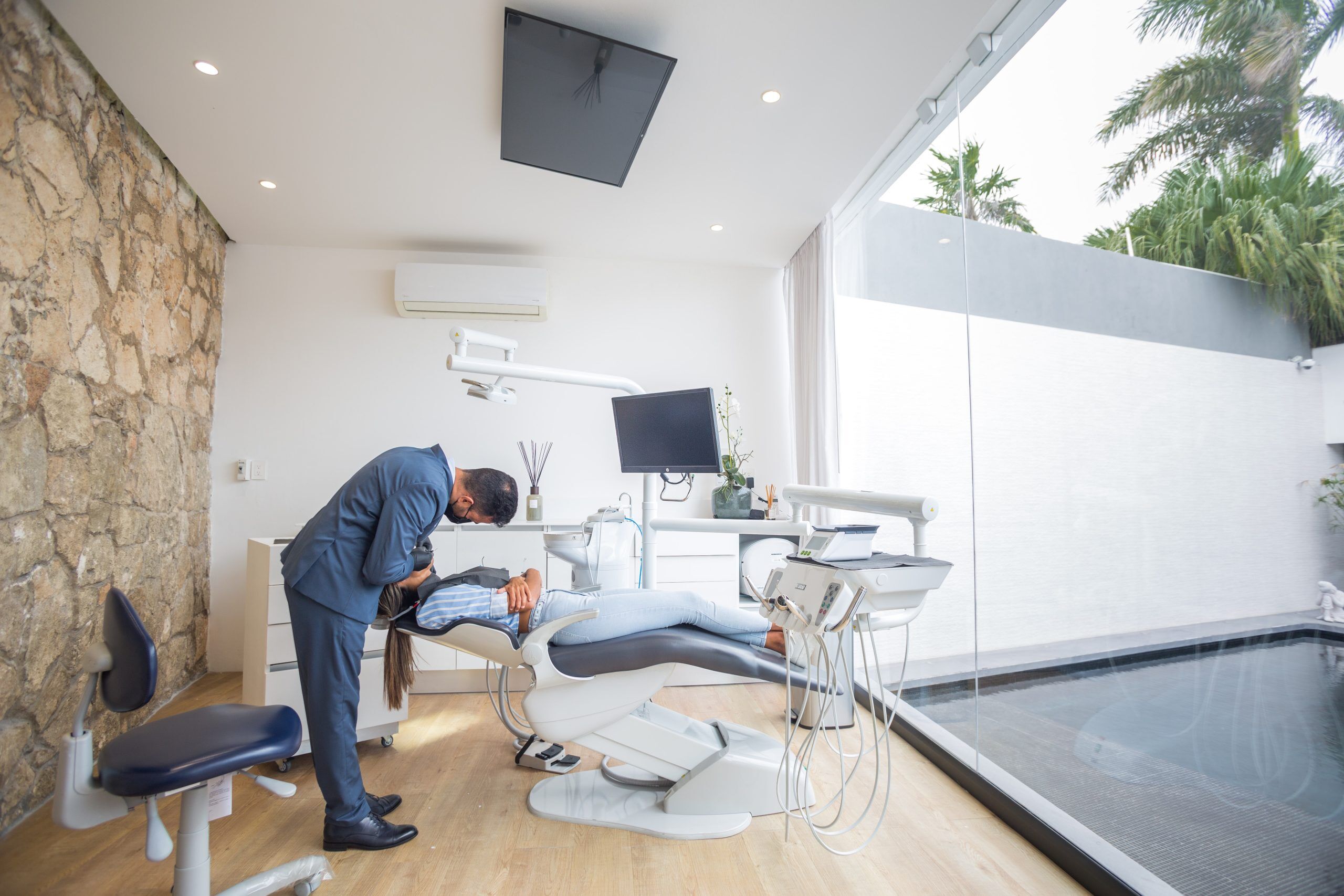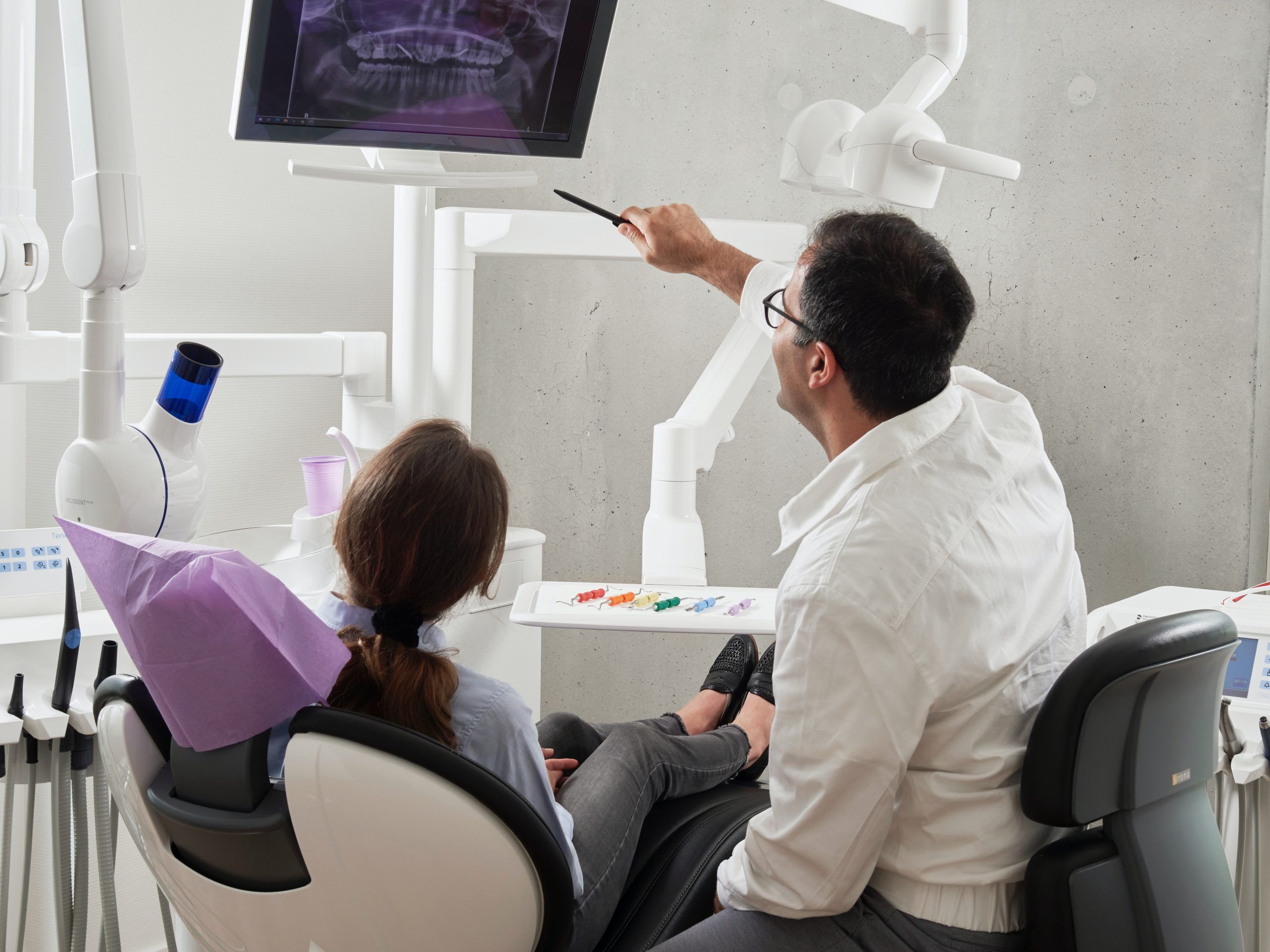Author: nearmedental
Cosmetic dentistry procedures help to correct or conceal one’s teeth, dental structure, and other oral issues. It also helps individuals to maintain a healthy smile by preventing tooth decay, gingivitis, and periodontitis. Moreover, it is useful to improve one’s appearance and self-confidence, leading to better interpersonal relationships.
Cosmetic Dentistry approaches today are becoming more personal, individualized & customized for each patient. This help patients to achieve their confidence with a smile:
Here Are The Top 7 Cosmetic Dentistry Procedures
1. Tooth Bleaching Top Cosmetic Dentistry Procedures
Bleaching treatments are the most common cosmetic dental procedure in the world today. The procedure covers drilling enough holes in the tooth’s surface, applying a bleaching chemical or gel, and leaving it on for 30 minutes. The drill will remove stains below the surface level of the tooth enamel. There are two types of agents used in this process: hydrogen peroxide gels and carbamide peroxide gels. Peroxide is oxidized in the presence of heat, light, or both to release active oxygen that can break down stains in teeth enamel to reveal a whiter natural color underneath.
2. Enamel Bonding
Enamel bonding is the process of applying a tooth bonding agent to the surfaces of teeth. After the application of the material, a dental professional shapes it to fit the desired contour of the tooth. The enamel bonding procedure completes after the dental expert hardens the material using gentle air-blasting or curing light.
3. Dental Whitening Top Cosmetic Dentistry Procedures
During whitening treatments, a dentist mainly works on surface stains, which is removable by polishing coarsely abraded enamel with an abrasive paste, gel, or powder. The coating contains one of three different whitening substances: carbamide peroxide, sodium perborate, or hydrogen peroxide. Some tints are available for cases involving tetracycline stains – a common darkening of developing teeth in children.
Whitening can make teeth appear years younger, bringing out the natural beauty and color of your smile by removing surface stains caused by food, drink, or tobacco.
4. Tooth Shaping
Another one of the popular cosmetic dentistry procedures is tooth reshaping. It refers to modifying tooth form with a drill through the removal and addition of small amounts of tooth material. Tooth reshaping can change the length and angle of teeth to give a more appealing appearance and enhance the function and health of your teeth. The dentist uses dental reshaping as a cosmetic procedure for straightening chipped, stained, or misaligned teeth.
Using this technique gives opportunities to change teeth’ position, size, and shape.
5. Tooth Implant Cosmetic Dentistry Procedures
Dental implants are artificial tooth roots. They are an alternative to removable dentures and bridges. If you lost a tooth or multiple teeth due to periodontal disease, injury, or other dental issues, this procedure is ideal for you. An implant is a titanium screw that fuses with the jawbone to support a replacement tooth or bridge. The implant fuses with your bone, creating a solid foundation for artificial teeth.
6. Composite Resin Veneers
Veneers are thin shells of porcelain or plastic. Dentists use them to cover the front surface of teeth to enhance their color and shape. Tooth-colored materials used to create composite resins help bond the front of teeth and improve their color, shape, size, or length. Veneers are also popular for porcelain crowns.
7. Invisalign Top Cosmetic Dentistry Procedures
Invisalign is a set of clear aligners made from 3D computerized imaging technology that improve the appearance of teeth. They are made from a thermoplastic material, which allows them to be removable, which is why they make such good alternatives to traditional metal braces.
Visible braces can damage your self-confidence and ruin an otherwise perfect smile. The Invisalign system uses a unique process that gradually moves teeth into the top position instead of relying on metal wires and brackets to stretch the teeth into place.
8. Cosmetic Bonding Top Cosmetic Dentistry Procedures
Bonding is a tooth-colored material that can fill small holes, chips, or gaps in teeth for a more uniform appearance. Dentists also use it around existing restorations such as crowns, veneers, or fillings.
Cosmetic bonding is usually not a permanent solution. But you can consider it to enhance the appearance of your smile until more extensive repairs are necessary. Dentists may recommend cosmetic veneers or crowns when bonding will no longer achieve dramatic results depending on the extent of changes you want.
9. Microdental/Microhybrid Caries Detector
A small probe is placed in a tooth’s sulcus (dental pit) to detect early caries and determine whether or not it deserves further attention. If the probe flashes, the dentist knows there is more than just surface decay on that particular area, and they can choose whether or not to drill and fill the area.
In some cases, a small amount of sound will indicate decay beneath the surface, and it needs to be treated. The presence or absence of decay in a particular tooth can help dentists determine whether or not to restore with a filling or crown.
10. Gum Graft Surgery
Gum graft surgery is a technique for the treatment of gum recession. A dentist will remove the gums from a healthy area, which is then sewn to the receding area. This sews the healthy tissue to the bone and provides a new foundation for tissue regrowth from below. Gum grafting can restore tissue to an area that has been lost due to disease or treatment.



